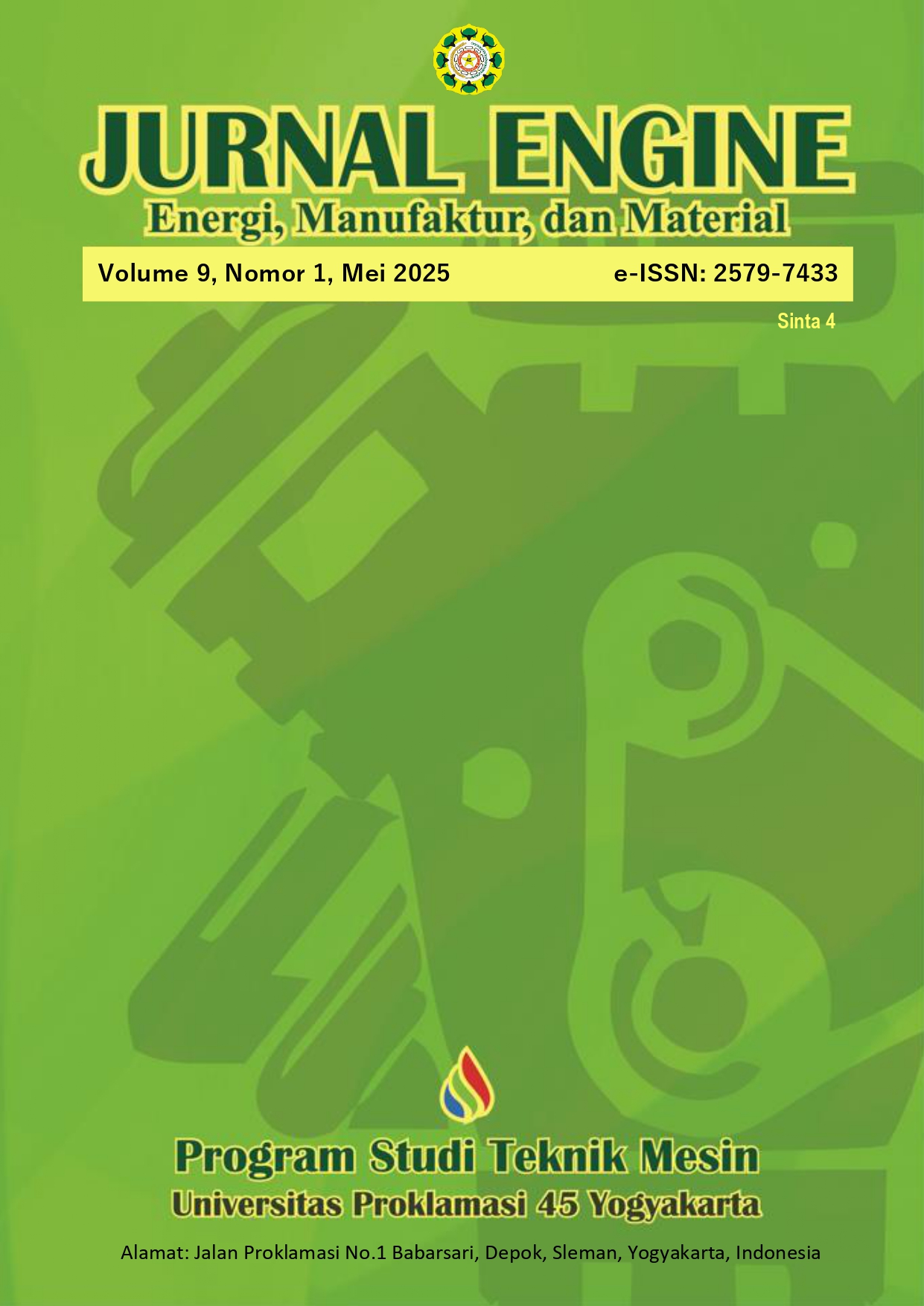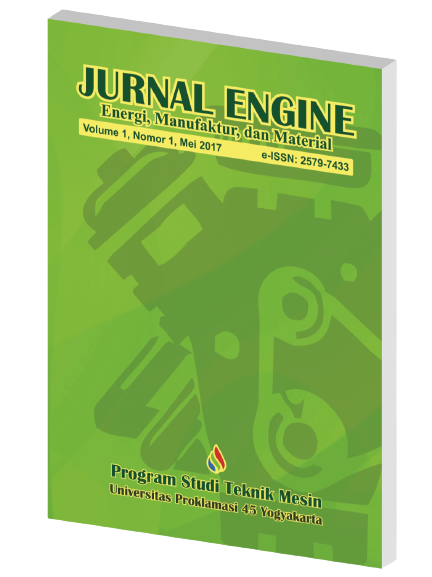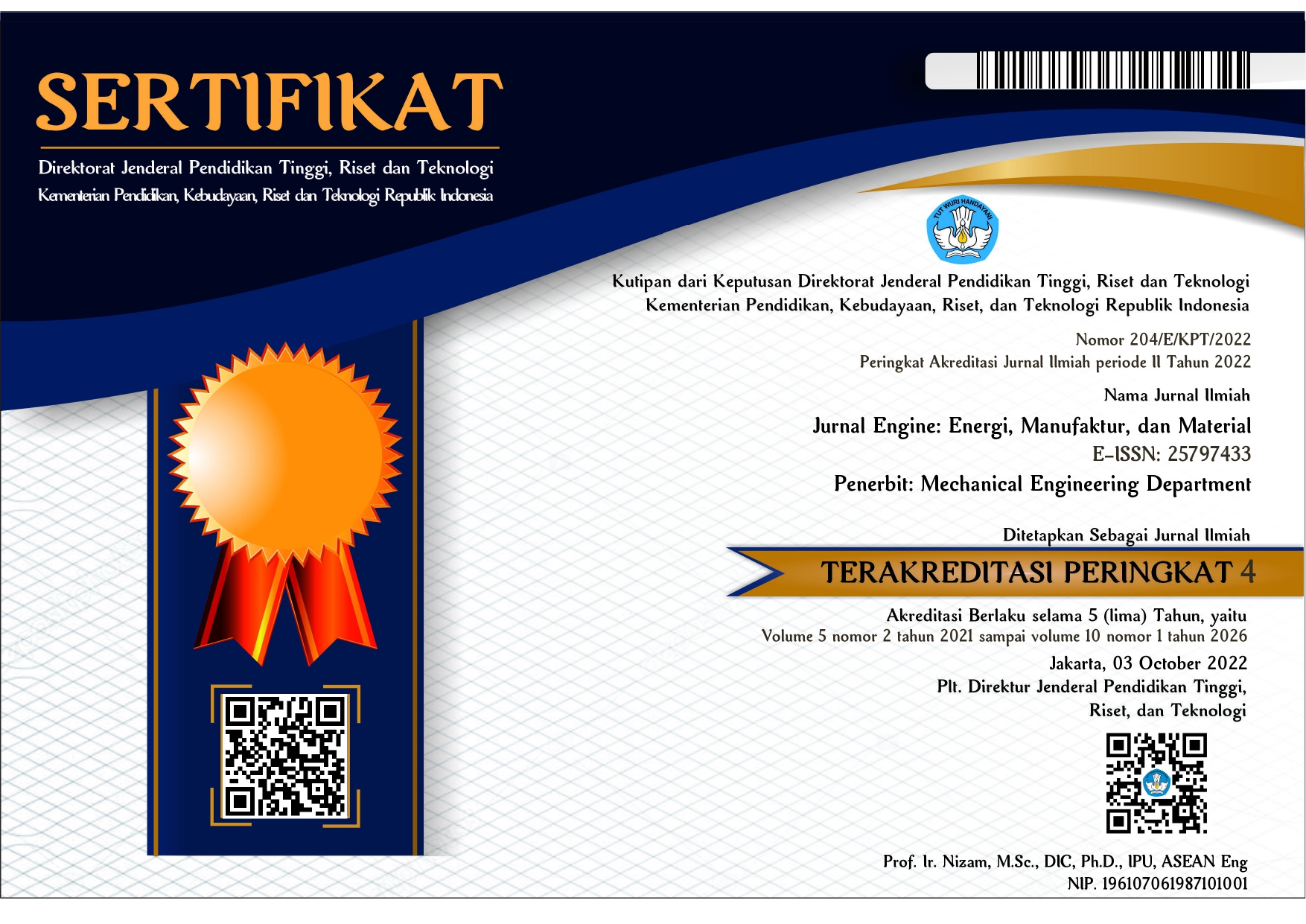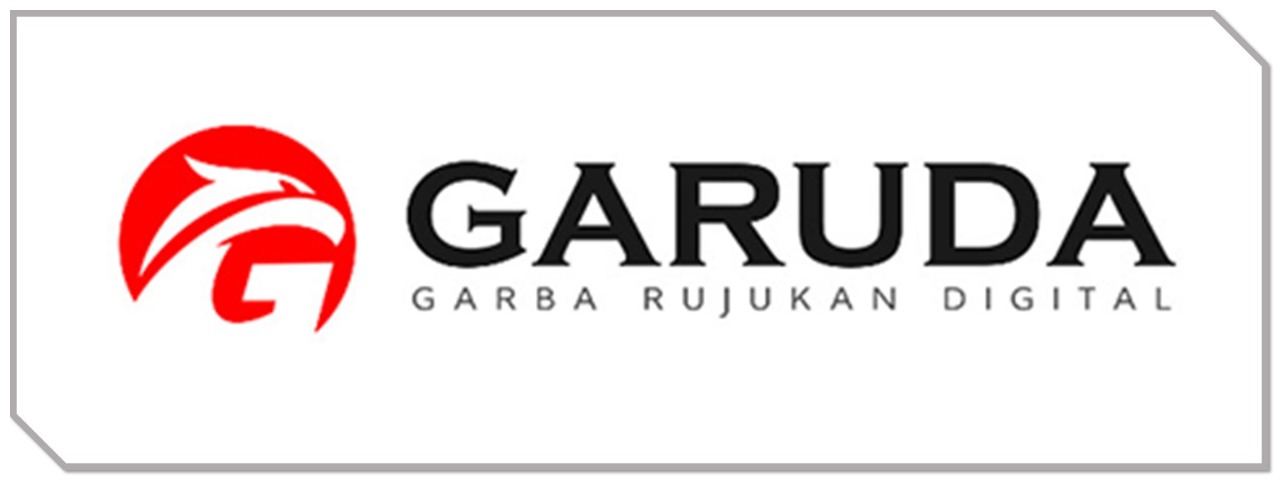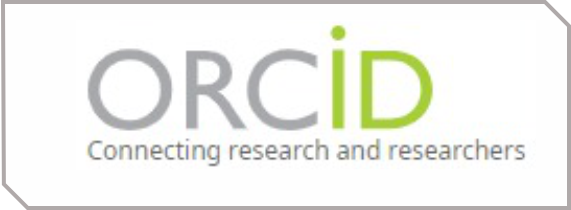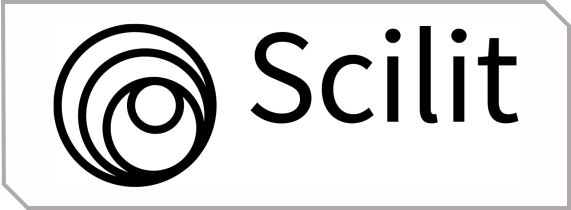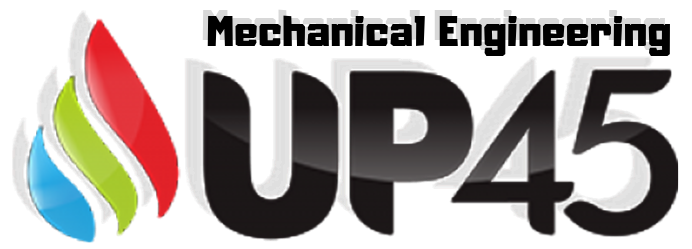Analisis Faktor yang Menyebabkan Downtime pada Mesin Injector Freon di Divisi Refrigerator PT. XYZ
DOI:
https://doi.org/10.30588/jeemm.v9i1.2162Keywords:
Downtime, Coupler, Preventive Maintenance, Fishbone Diagram, SMART MethodAbstract
The freon injector machine is a crucial component in the production line at PT. XYZ, responsible for refrigerant injection. However, frequent downtime disrupts production efficiency. This study aims to analyze the factors causing downtime in the freon injector machine at PT. XYZ, focusing on Coupler component failures. Using the PDCA method and fishbone diagram analysis, the primary causes were identified across human, method, machine, and material factors. Installation and removal errors contributed to human-related issues, while the absence of preventive maintenance resulted in reactive component replacement. Machine-related factors included component wear and latch failure, whereas material-related issues stemmed from a lack of understanding of load limits, leading to faster wear. The SMART method was used to validate corrective measures. Implementing better maintenance strategies, including scheduled preventive maintenance and increased technician awareness, is expected to significantly reduce downtime and enhance production efficiency.
References
Daftar Pustaka
Dewi Asiyah, Winda Amilia, Andi Eko Wiyono, Ida Bagus Suryaningrat, Yuli Wibowo. 2022. “Cost Efficiency With Pdca System Using Quality Control Circle (Qcc) Method in Pt. Xyz Sidoarjo District.” Fakultas Teknologi Pertanian 10(4): 531–42.
Fauziah, Siti Rohmah, Puti Renosori, and Selamat. 2022. “Identifikasi Penyebab Terjadinya Kecacatan Pada Produk Induktor Toroidal Dengan Menggunakan Metode Fault Tree Analysis (FTA) Di CV. Cipta Karya Mandiri.” Bandung Conference Series: Industrial Engineering Science 2(1): 91–99. doi:10.29313/bcsies.v2i1.1619.
Setiawan, Indra, and Tri Ngudi Wiyatno. 2023. “Analisis Faktor Yang Menyebabkan Downtime Pada Mesin Auto Front Wheel Di Industri Otomotif.” Waluyo Jatmiko Proceeding 16(1): 461–70. doi:10.33005/wj.v16i1.68.
T. Aprianto, I. Setiawan, and H. H. 2021. “Implementasi Metode Failure Mode and Effect Analysis Pada Industri Di Asia –Kajian Literature.” Matrik 21(2): 165–74. doi:10.350587/Matrik.
Wibowo, Yuli, and Muhammad Asad Hanif Ahras. 2024. “Analisis Downtime Pada Bagian Pengemasan Di Industri Biskuit (Studi Kasus Di Pt Xyz).” Jurnal Teknik Industri ITN Malang: 31–40.
Wijaya, Erik Odi, Welly Atikno, Indra Setiawan, Rendy Susanto, and Hibarkah Kurnia. 2022. “Analysis of BTA16 CNC Machine Performance Improvement with Total Productive Maintenance Approach.” IJIEM - Indonesian Journal of Industrial Engineering and Management 3(3): 200. doi:10.22441/ijiem.v3i3.15770.
Downloads
Published
How to Cite
Issue
Section
License
Copyright (c) 2025 Achmad Azis Rahmanto, Rifki Irfani, Lazuardi Allan Suryawan (Author)

This work is licensed under a Creative Commons Attribution 4.0 International License.
Authors who publish with Jurnal Engine: Energi, Manufaktur, dan Material agree to the following terms:
Authors retain copyright and grant the Jurnal Engine: Energi, Manufaktur, dan Material right of first publication with the work simultaneously licensed under a Creative Commons Attribution 4.0 International License that allows others to share (copy and redistribute the material in any medium or format) and adapt (remix, transform, and build upon the material) the work for any purpose, even commercially with an acknowledgment of the work's authorship and initial publication in Jurnal Engine: Energi, Manufaktur, dan Material. Authors are able to enter into separate, additional contractual arrangements for the non-exclusive distribution of the journal's published version of the work (e.g., post it to an institutional repository or publish it in a book), with an acknowledgment of its initial publication in Jurnal Engine: Energi, Manufaktur, dan Material. Authors are permitted and encouraged to post their work online (e.g., in institutional repositories or on their website) prior to and during the submission process, as it can lead to productive exchanges, as well as earlier and greater citation of published work (See The Effect of Open Access).

